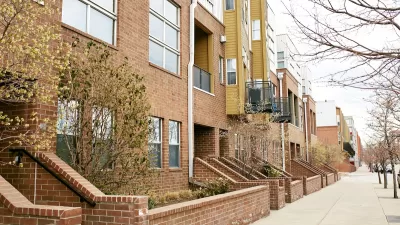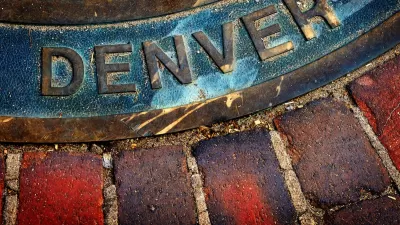San Diego quest to find solutions to repairing damaged city sidewalks continues, with home and business owners potentially facing liability for trip-and-fall accidents

Liam Dillon of The Voice of San Diego reported last week that San Diego's murky policy on sidewalk repairs remains murky after two-years of study and discussion. A study conducted by the city "found almost 80,000 locations with significant cracks, lumps or other problems."
The current law puts the impetus for sidewalk repairs on property and business owners, while the city is legally responsible for pedestrian injuries resulting from accidents caused by poorly maintained sidewalks. A new ordinance could make property owners legally responsible for sidewalk-related accidents occurring in front of their property, while the city shifts a portion of the cost for sidewalk repair from the property owner back to the city.
This week, the City Council sought to provide some clarity on the issue, however a final policy identifying who will pay for needed repairs may not come until next year, reports David Garrick of The San Diego Union-Tribune. "The issue will be revisited in January when city staff is scheduled to unveil a new standard for acceptable sidewalk conditions, a schedule for fixing the needed repairs across the city and a plan to pay for those repairs." The $57 million required to repair damaged sidewalks is part of an estimated $5 billion backlog in infrastructure repairs that the city must cover, forcing a rethink of current policies.
FULL STORY: Two Years On, Illogical Sidewalk Policies Still Illogical

Alabama: Trump Terminates Settlements for Black Communities Harmed By Raw Sewage
Trump deemed the landmark civil rights agreement “illegal DEI and environmental justice policy.”

Planetizen Federal Action Tracker
A weekly monitor of how Trump’s orders and actions are impacting planners and planning in America.

The 120 Year Old Tiny Home Villages That Sheltered San Francisco’s Earthquake Refugees
More than a century ago, San Francisco mobilized to house thousands of residents displaced by the 1906 earthquake. Could their strategy offer a model for the present?

In Both Crashes and Crime, Public Transportation is Far Safer than Driving
Contrary to popular assumptions, public transportation has far lower crash and crime rates than automobile travel. For safer communities, improve and encourage transit travel.

Report: Zoning Reforms Should Complement Nashville’s Ambitious Transit Plan
Without reform, restrictive zoning codes will limit the impact of the city’s planned transit expansion and could exclude some of the residents who depend on transit the most.

Judge Orders Release of Frozen IRA, IIJA Funding
The decision is a victory for environmental groups who charged that freezing funds for critical infrastructure and disaster response programs caused “real and irreparable harm” to communities.
Urban Design for Planners 1: Software Tools
This six-course series explores essential urban design concepts using open source software and equips planners with the tools they need to participate fully in the urban design process.
Planning for Universal Design
Learn the tools for implementing Universal Design in planning regulations.
Clanton & Associates, Inc.
Jessamine County Fiscal Court
Institute for Housing and Urban Development Studies (IHS)
City of Grandview
Harvard GSD Executive Education
Toledo-Lucas County Plan Commissions
Salt Lake City
NYU Wagner Graduate School of Public Service





























